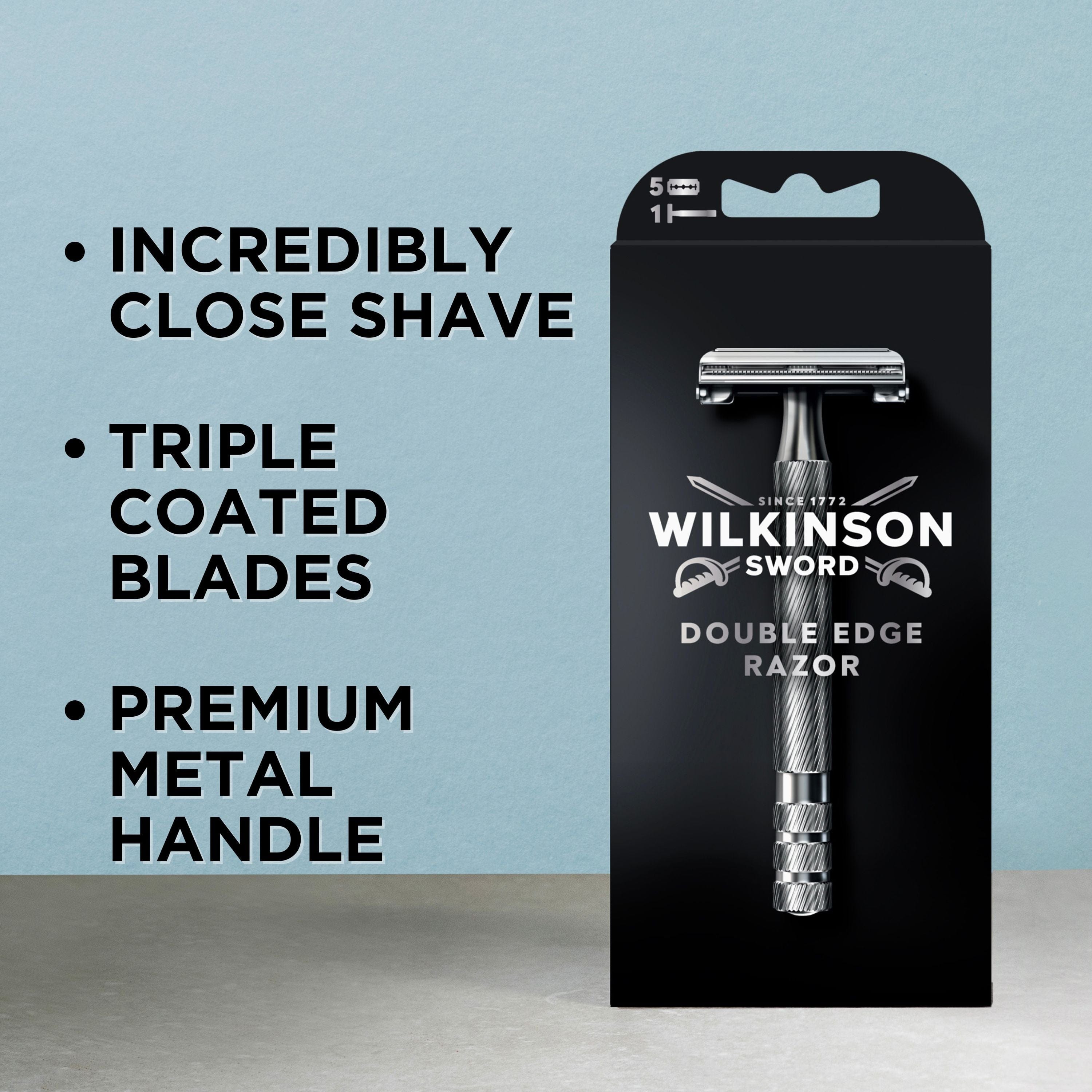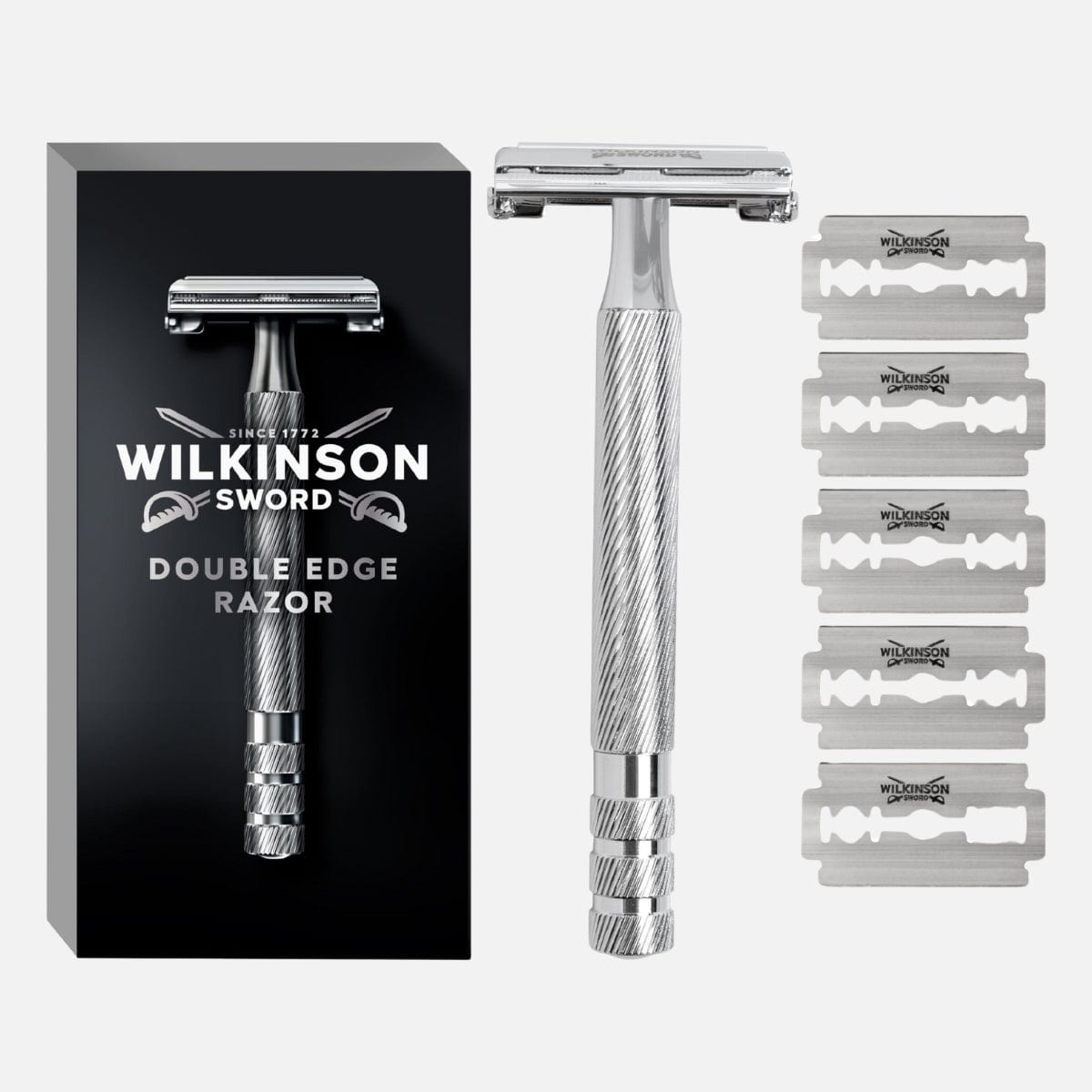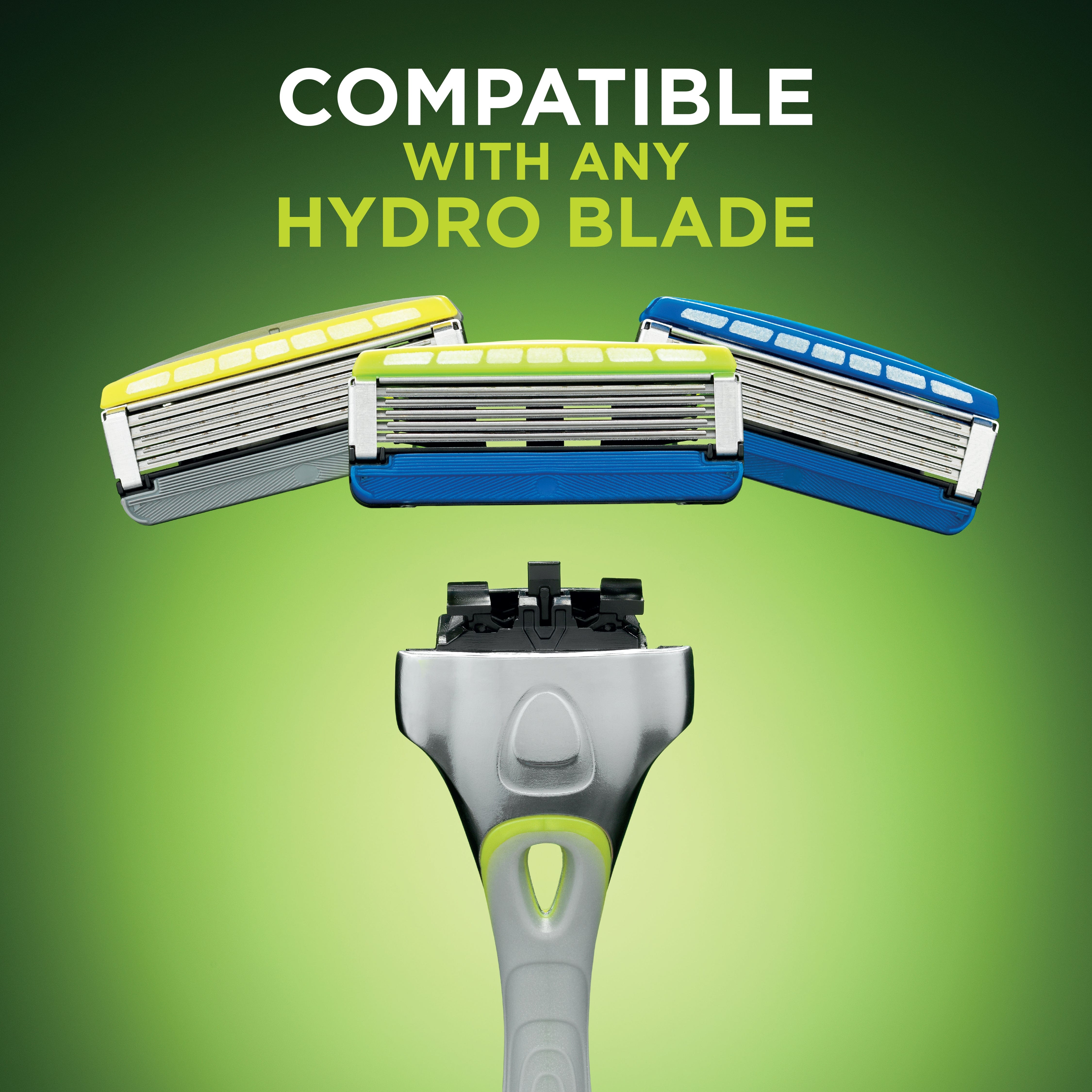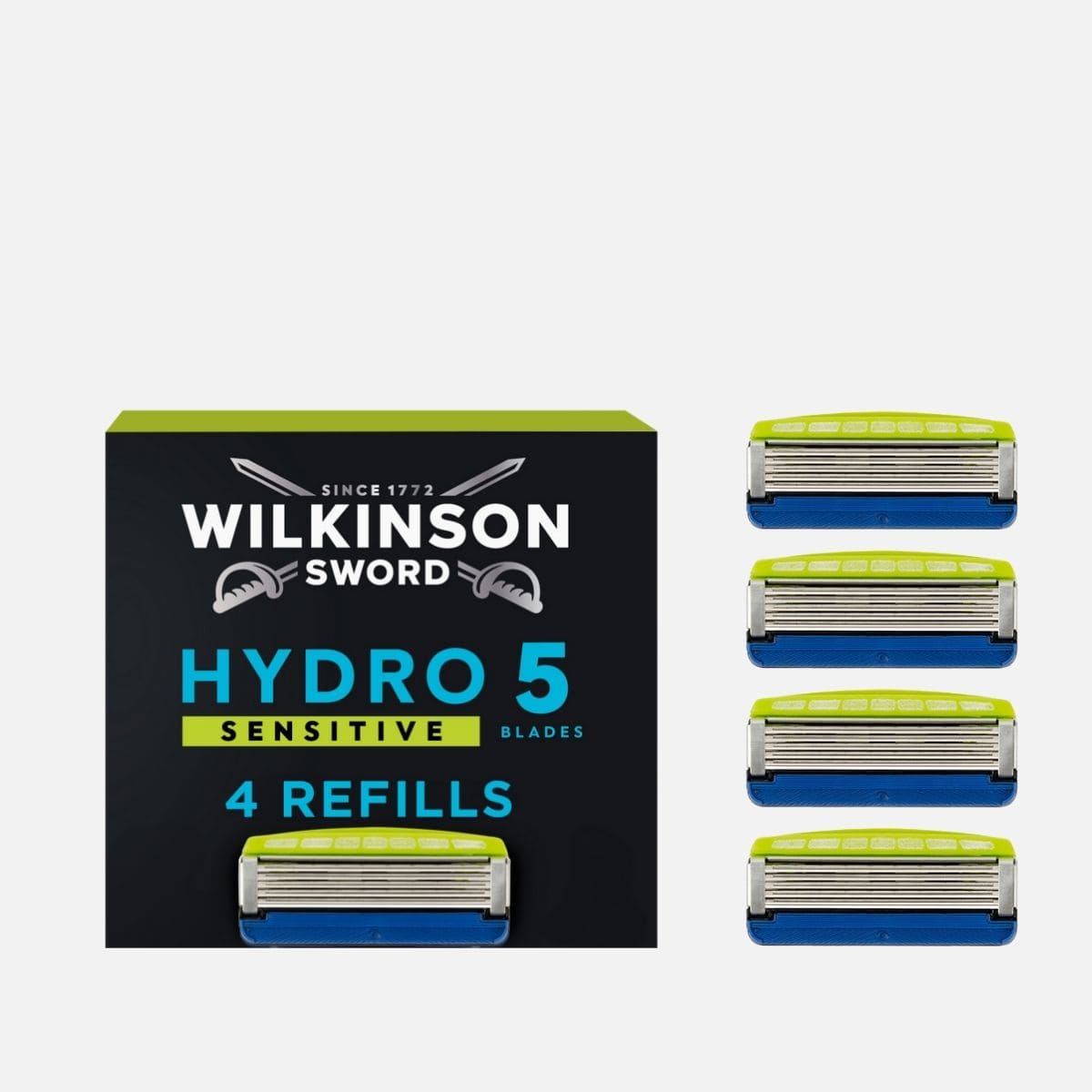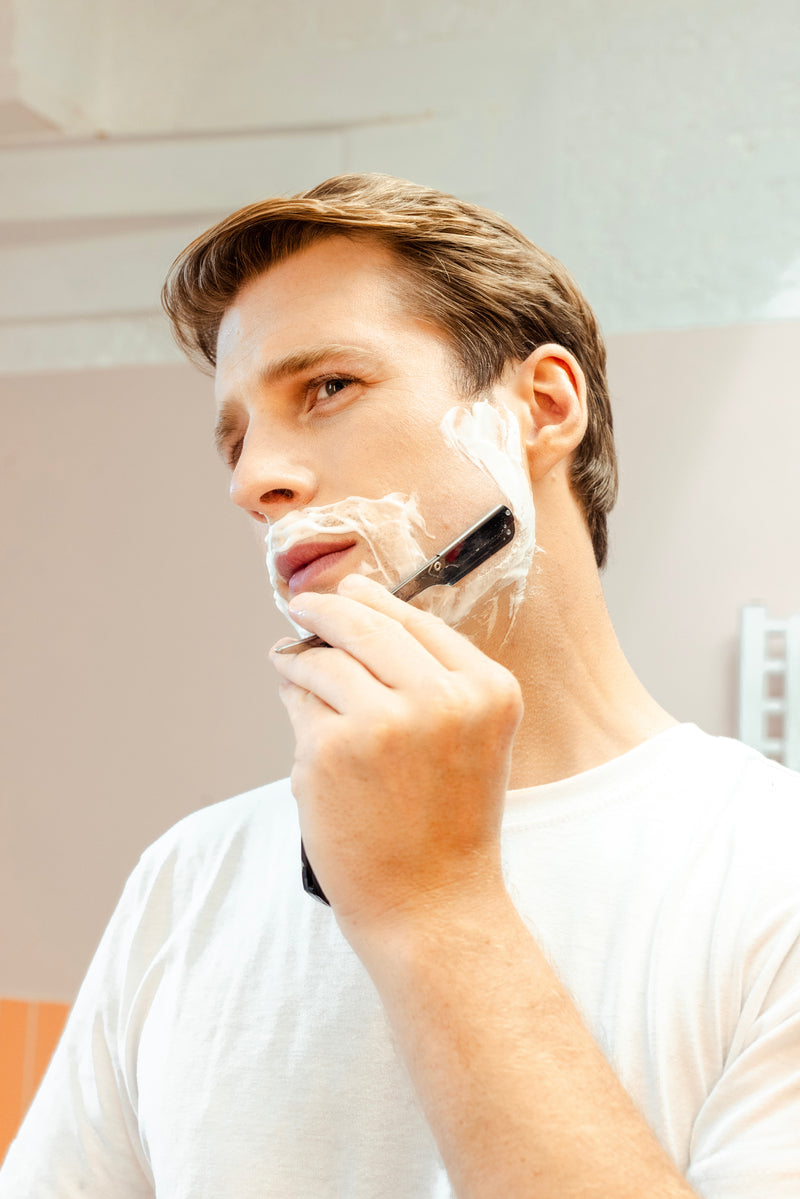
What Is Manscaping & How to Do It
Manscaping is a tricky old term. On the one hand, it’s so vague that no-one’s entirely sure what it should mean; on the other, it invariably conjures shudder-inducing images of yanking hair from places you’d rather leave well alone. It’s easy to assume that effective manscaping requires hours of painstakingly tinkering with grooming tools, or contorting yourself into impossible shapes in order to see your nether regions in the bathroom mirror.
The fact is that the definition of manscaping is essentially body grooming choices which tend to shift depending on what’s stylish – meaning that right now it’s less about becoming a hairless waxwork and more about keeping fuzz at a manageable length, from head to toe.
How to manscape... your face
Beard maintenance might be the one area manscaping doesn’t cover. It’s too much of a fine art to put under an umbrella term, but that’s just as well – there’s plenty of facial hair sprouting elsewhere to keep you busy.
Start with the eyebrows. By no means should these be thinned down – the aim is to keep them full but neat. Comb the hair upwards to identify any out of place, then use blunt-ended scissors to remove them. Extra precision is needed for those hairs that sit in the middle and threaten to turn into a monobrow – so switch to a pair of tweezers.
Nose and ear hair can both be filed under “inconvenient protrusions that you’ll probably pay less attention to with age”, but for now those excessively long stragglers are pretty noticeable. It’s not that they don’t serve a purpose – they’re an air filter against unwanted bacteria – but they often refuse to stay where they belong. Still, plucking your nose hair is not only eye-wateringly painful but unnecessary too. Use blunt-ended scissors or (for your nose) an electrical trimmer.
As for the rest of your face, keep those beard lines sharp (or that clean-shaven look fresh) with a good old-fashioned razor. And no-one knows good old-fashioned razors quite like we do – we’ve been proudly innovating in razor design since 1898.
How to manscape… your chest
Here’s where things get serious. But don’t immediately start slathering hot wax onto yourself and tearing out chunks of chest hair. The all-over smooth aesthetic might look impressive on a sun-kissed reality star or an Olympic swimmer, but it’s likely to seem excessive if you’ve got a healthy growth about your face and arms. Leave your chest hair intact but trim it closely with an electrical body trimmer – use your instinct to judge length depending on your body shape.
How to manscape… your back
Round the back, however, it’s a different story. From your neck right down to your buttocks, a smooth finish on your back is preferable to the inevitably patchy fur that tends to pop up there – and statistics show the vast majority of women think so too. At the higher end, a trimmer on its closest setting will do the job, but further down lies the danger zone – always leave your lower back and rear end to the professionals, whether you’re planning on shaving or waxing.
How to manscape… your arms and legs
This is the easy part. Like the chest hair, manscaping on your limbs is about tidying up rather than removal – and is only really necessary if the hair is getting out of hand. Use an electric trimmer to keep things in check, and keep a close eye on your shoulders as these can fall victim to the same unsightly patchiness that makes your back such a problem area.
The same rules apply to your armpit hair – trim it down, don’t shave it off. Like much of your body hair, it has an important job to do (regulating sweat), so you’ll miss it if it’s gone. As long as it’s short enough not to stick out underneath your t-shirt sleeve, you’re in the clear.
How to manscape… down below
Although your mind probably went here at the first mention of manscaping, keeping on top of this area – although a must – needn’t be as much hassle as you think. It (hopefully) goes without saying that sharp-edged objects, and indeed waxing, are categorically banned from this region – it’s not worth the risk, and a lovingly tended-to fuzz is more than acceptable.
However, if you do want to shave your pubic hair, the key is to make sure you’ve trimmed it first, then get to work in the shower. Wet hair will be softer and much easier to shift – use a reliable razor and a generous helping of shaving gel. A good-quality trimmer with a trusty safety guard will do the trick for the outer pubic hair, and a pair of blunt-ended scissors – wielded very carefully indeed – can get rid of any stray hairs that pepper your most intimate spots. Whichever part you’re working on, pull the skin taut to avoid nicks and ease removal.
Double edge blade technology increases the life of each blade. Great for trimming!
Classic Double Edge Razor
Top manscaping tips for effective hair removal
Body grooming is a personal choice and whether you want to just tidy up your body hair or take hair removal to a whole new level, here’s some helpful manscaping tips that’ll keep the process (and your body) smooth.
Avoid cross-contamination
Keeping things hygienic is one step you cannot skip. Showering before you start manscaping will soften your body hair, making it easier to trim and will get rid of any bacteria.
Along with this, make sure you’re keeping your tools clean – you don’t want to be halfway through shaving your face and remember the areas your razor has already been used on. It’s probably a good idea to have two separate razors for your body and your face to avoid this completely.
Prep your skin first
After showering, it can benefit your shave if you use a pre-shave oil. Lubricating your skin will make it easier for the razor to glide across your skin.
Expect stubble
If you’re still debating whether to start manscaping, don’t forget that you won’t stay smooth forever. Stubble is inevitable, so be prepared to maintain your body hair and time your manscaping session for when you want to look the smoothest.
Shave in the direction of hair growth
If you’re prone to itchiness, razor burn or ingrown hairs, it’s best to avoid shaving against the grain. So keep your skin better protected and shave in the same direction as your body hair is growing.
Take your time
Getting rid of hair everywhere will take a while, but this doesn’t mean you should try to speed up the body-grooming process. Take your time, especially when dealing with sensitive areas, to avoid cuts and nicks.
